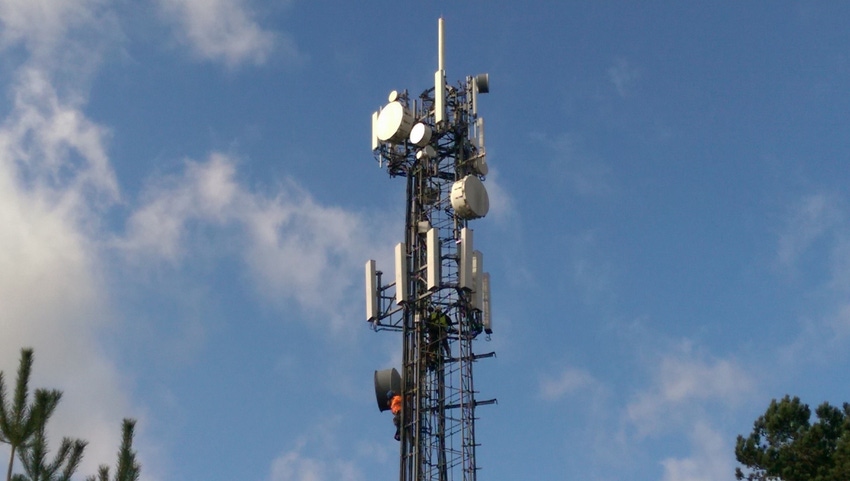KDDI and Softbank cosy up with shared 5G RAN
KDDI and Softbank are using shared RAN equipment to help them reduce the cost and increase the speed of their 5G network deployment.
June 25, 2021

KDDI and Softbank are using shared RAN equipment to help them reduce the cost and increase the speed of their 5G network deployment.
The pair are deploying a Multi-Operator Radio Access Network (MORAN) – the first of its kind in Japan, they claim – using equipment from Ericsson and other vendors, the Swedish kit maker announced this week.
Ericsson said its network-sharing equipment will enable the telcos to share networks but retain their own operations and management capabilities. It allows for network-sharing on TDD and FDD, on LTE and on 5G new radio.
“Ericsson network equipment will be shared by the two service providers, bringing cost-optimized solutions as well as faster and denser 5G network deployment. KDDI and Softbank will particularly focus on quickly building robust 5G network leveraging Ericsson Radio System products and solutions for multiple-bands,” Ericsson said, in a statement.
The message there is pretty clear: KDDI and Softbank want faster 5G rollout at a lower cost, as do all telcos, of course. But the benefits of MORAN are particularly relevant in Japan at present, where the three incumbents – the other being NTT – are facing some serious competition from newcomer Rakuten Mobile.
Rakuten Mobile is still posting losses on the back of the cost of rolling out a new network in Japan and, in the meantime, paying roaming rates for the privilege of using KDDI’s network, but it hopes to break even in the next couple of years. It is putting a significant amount of pressure on the big three, undercutting their plans, forcing market prices down, and attracting a creditable share of new customers; it had north of 4 million customers in total, at last count.
But Rakuten is no ordinary new entrant. It is building out a fully virtualised cloud native network and is an early Open RAN pioneer, flogging its architecture plan on the global stage as well as using it in Japan. It is unencumbered by the legacy networks that the likes of KDDI, Softbank and NTT have to deal with. It is not disclosing yet details of its 5G network rollout, but is expecting to ramp it up once its 4G infrastructure is complete, slated for the autumn. Little wonder than that its rivals are looking to innovative ways of rolling out 5G.
“To provide 5G coverage to our customers across Japan with extraordinary speed, we are proactively working with KDDI and Ericsson,” said Tomohiro Sekiwa, Senior Vice President and CNO, Softbank. “The MORAN solution is key to this success and we have high expectations for this effort.”
There was a similar message from KDDI. “We are pleased to work closely with Softbank and Ericsson to accelerate 5G network deployment. With the MORAN solution, we will be among the first to offer excellent 5G experiences to our customers,” said Tatsuo Sato, Vice President & Managing Officer, Technology Planning, at the telco.
MORAN technologies and the like will not be exclusive to markets like Japan, where the competitive dynamics make them an obvious choice at present. Mobile operators worldwide want to cut costs and speed up 5G deployments, so expect to see more announcements like this going forward.
About the Author(s)
You May Also Like











_1.jpg?width=300&auto=webp&quality=80&disable=upscale)


.png?width=800&auto=webp&quality=80&disable=upscale)